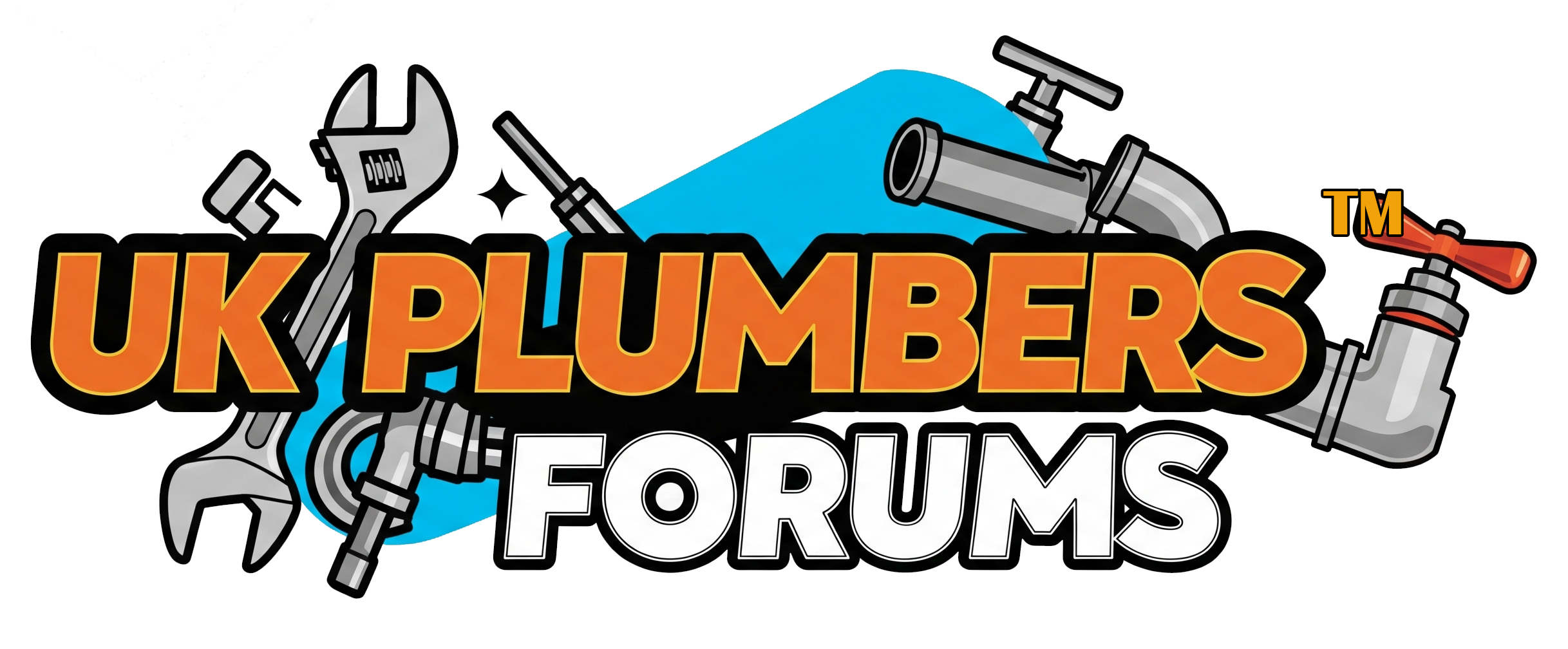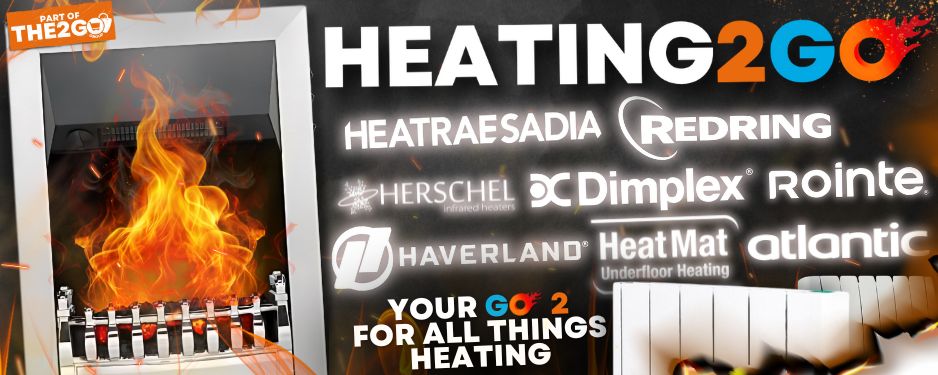Hi guys, looking for a bit of advice. I'm experimenting with heating solutions for my outdoor potting shed & workshop & I'm putting together an electric tube heater connected to copper heat pipes. Now I'm starting off small just as an experiment to see if I can do it & then upscale if needs be. So my question is about the heat pipe itself. I'm wanting to start off by making a 50cm length of copper piping, sealed at both ends eventually, but I'm trying to work out how much water to use to create the right amount of evaporation with still a small amount of water left to keep the cycle in the vacuum. I assume I create by heating the bottom with the water & having a fixing at the top loosely fitted so steam starts to push out & then I would seal it. And water comes to boil much lower than 100c when in a strong vacuum?
I was thinking about having multiple pipes cut at 50cm with the same fixings at 1 end & then pour in different amounts for each pipe & then seal when its boiling & a vacuum has been created & see which transfers heat the best & then repeat. But I thought I would ask first in case any of you wise people have already done this & know the amounts needed to save me the time testing.
I plan on using standard 15mm piping as it seems to be cheaper per meter than 10 or 8mm piping.
Thanks in advance.
I was thinking about having multiple pipes cut at 50cm with the same fixings at 1 end & then pour in different amounts for each pipe & then seal when its boiling & a vacuum has been created & see which transfers heat the best & then repeat. But I thought I would ask first in case any of you wise people have already done this & know the amounts needed to save me the time testing.
I plan on using standard 15mm piping as it seems to be cheaper per meter than 10 or 8mm piping.
Thanks in advance.


